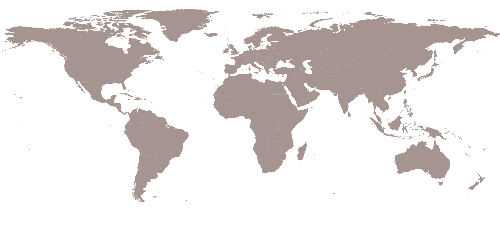A Delicate Repair, A Powerful Message

Winner of a Next Generation prize in the Holcim Foundation Awards for Latin America, this elegant pavilion was praised by the jury for its poetic response to a wounded landscape. Set in the hills of Bogotá, the project transforms a former mining site into a place of education, biodiversity, and renewal. With its graceful silhouette and light environmental touch, the pavilion was recognised for its architectural sophistication and powerful message: that public space can heal, inspire, and celebrate the natural world.












